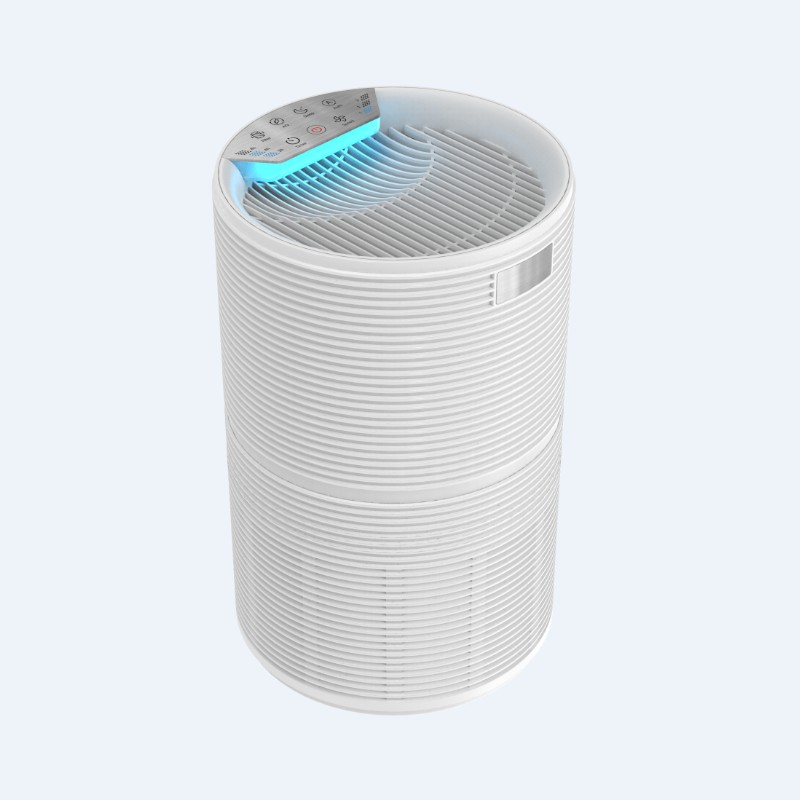What does an activated carbon filter remove from the air?
Jun 12, 2024
Activated carbon air filters are a popular type of air filter used in air purifiers to remove contaminants from indoor air. In this article, we will discuss how activated carbon air filters work, what contaminants they can remove from the air, and how air purifiers with activated carbon filters can improve indoor air quality.
What Does Activated Carbon Air Filter Do? Activated carbon air filters work by adsorbing contaminants from the air. Adsorption is a process whereby molecules of contaminants are trapped on the surface of the activated carbon filter. As air passes through the filter, the activated carbon attracts contaminants, removing them from the air.
What Does an Activated Carbon Filter Remove from the Air? Activated carbon air filters are effective at removing many types of contaminants from the air, including:
VOCs (volatile organic compounds) which are chemicals released from household items such as cleaning products and paints.
Chemicals such as formaldehyde, benzene and carbon monoxide.
Air Purifier with Activated Carbon Filter Air purifiers with activated carbon filters are a popular way to improve indoor air quality. These air purifiers can remove contaminants from the air, helping to reduce indoor air pollution, which can cause health problems such as allergies, asthma and respiratory illnesses. The activated carbon filter in the air purifier can also help to reduce unpleasant odors, making the air fresher and healthier to breathe.
Activated carbon air filters are an effective way to remove contaminants from the air. Air purifiers with activated carbon filters can significantly improve indoor air quality, reducing the risk of health problems caused by indoor air pollution. When choosing an air purifier with an activated carbon filter, it is important to consider the size of the room and the air flow rate of the purifier to ensure that it is effective in removing contaminants from the air.
